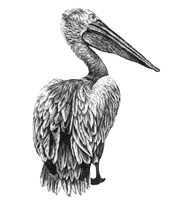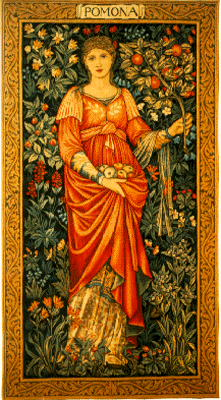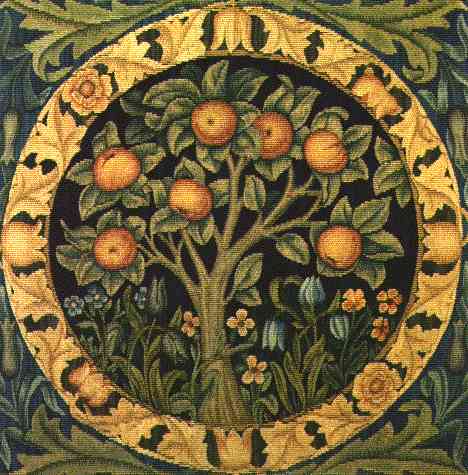I was looking for something in the old EditThisPage weblog I kept and was struck by a lovely (if I say so myself) sequence of posts, I have reproduced them here more or less as they were there. I like to keep a series of great pix going in the links. I did that even in the old links pages. I’d never post one I do not like. Aesthetics count and I like to keep tweaking the look. The photo from the Chester Street garden is nostalgic, we moved out last November!
www.oreilly.com — Animal Magnetism: Making O’Reilly Animals

”From start to finish, an O’Reilly animal requires anywhere from 8 to 20 hours of manual labor. And for reasons no one can fully explain, hand-drawn animals on high-tech computer books became a wild success.”
I think it is because computers were never about the thing itself… the fetish is about the living and organic thing they do. I feel an affinity with the O’Reilly images as I have used the William Morris tapestry in as a logo for years, I see a similarity… the same idea, something, in this case, hand crafted, beautiful and symbolic of the Psybernet work… (tree of) life work contained in the (circle) groups.
With that in mind I kept looking. How is this for something Psybernet, more Morris stuff, the harvesting of our work?

TalkAboutTheNews.com
(Note: the site has since gone)
“Welcome to the first test MP3 audio webcast from TalkAboutTheNews.com.
This is a recording of interviews and conversations at the Mobilization for Global Justice in Washington DC.
Please subscribe to our newsletter for updates and how you can create your own MP3 news/talk webcasts in the near future. TalkAboutTheNews.com will be providing free webspace, discussion boards, polls, and a whole lot more! Stay in touch! Listen to the unedited MP3 WebCast streamed by Live365.com “
Well if this was a test it worked beautifully and it seems great to be able to get the feel from people on the spot… as it is right there. What a contrast the sounds of a demonstration are with my autumn shot in the garden today.





